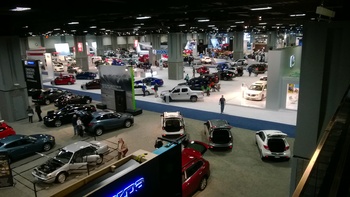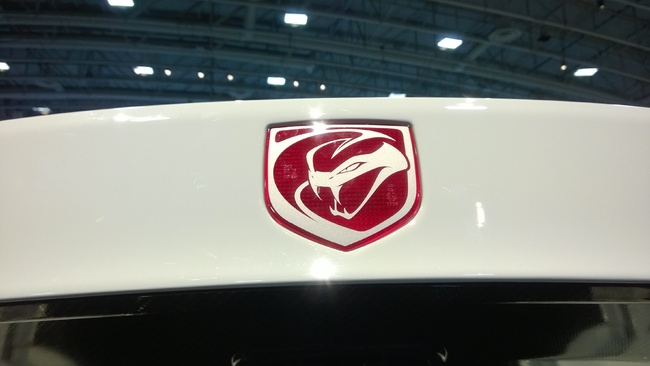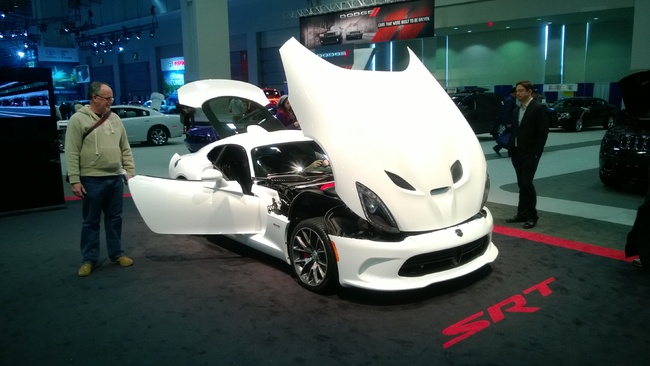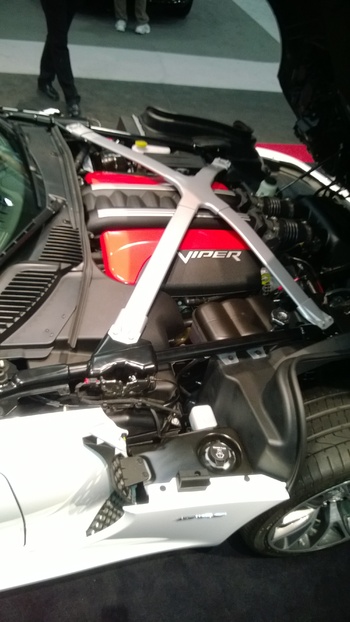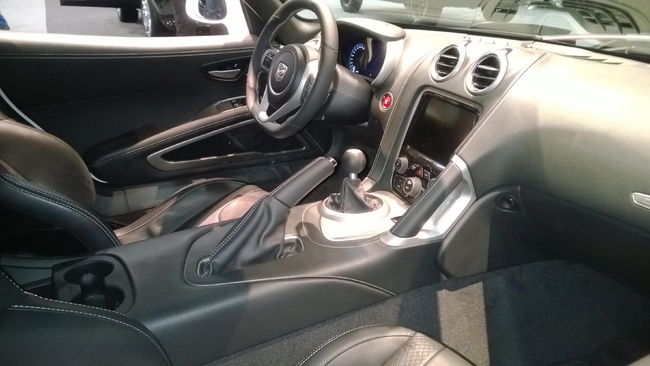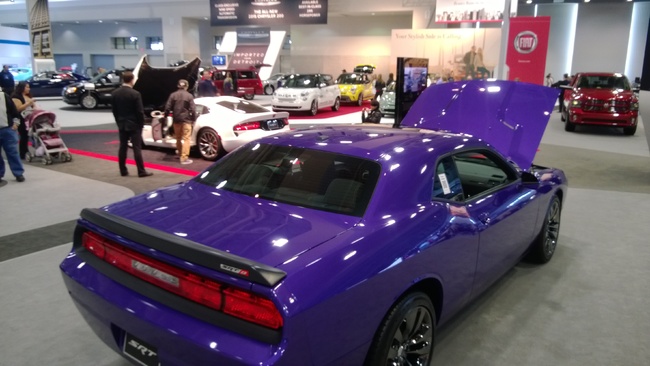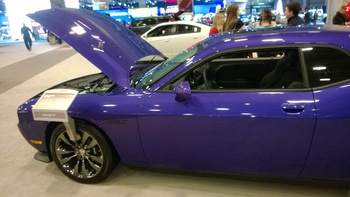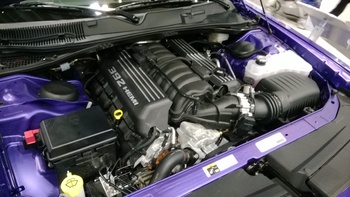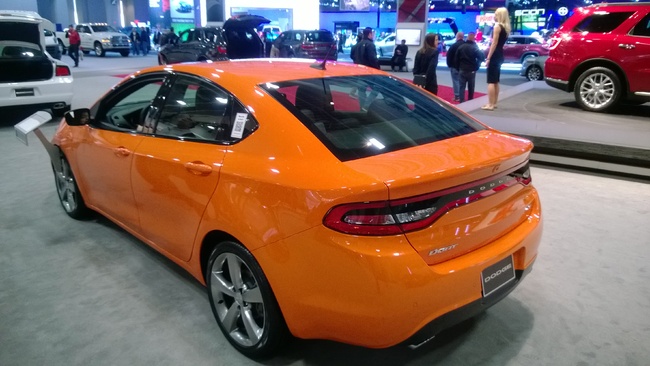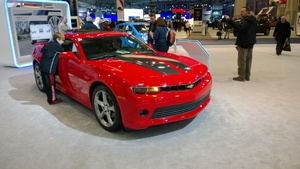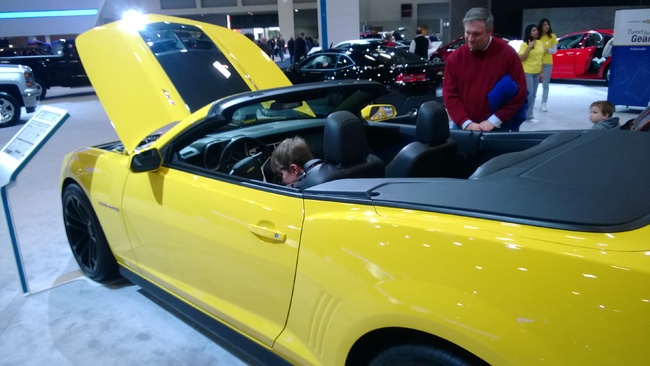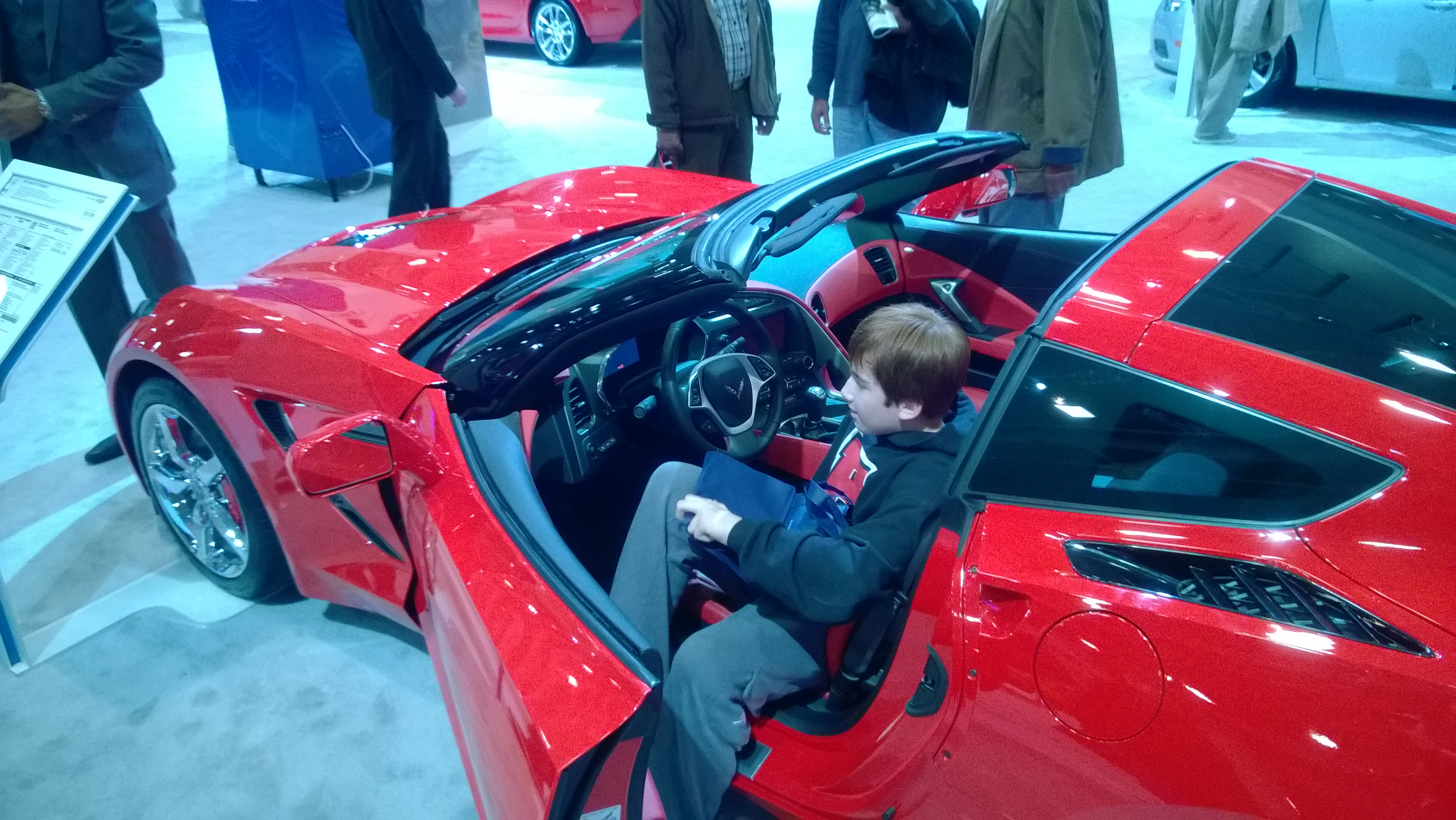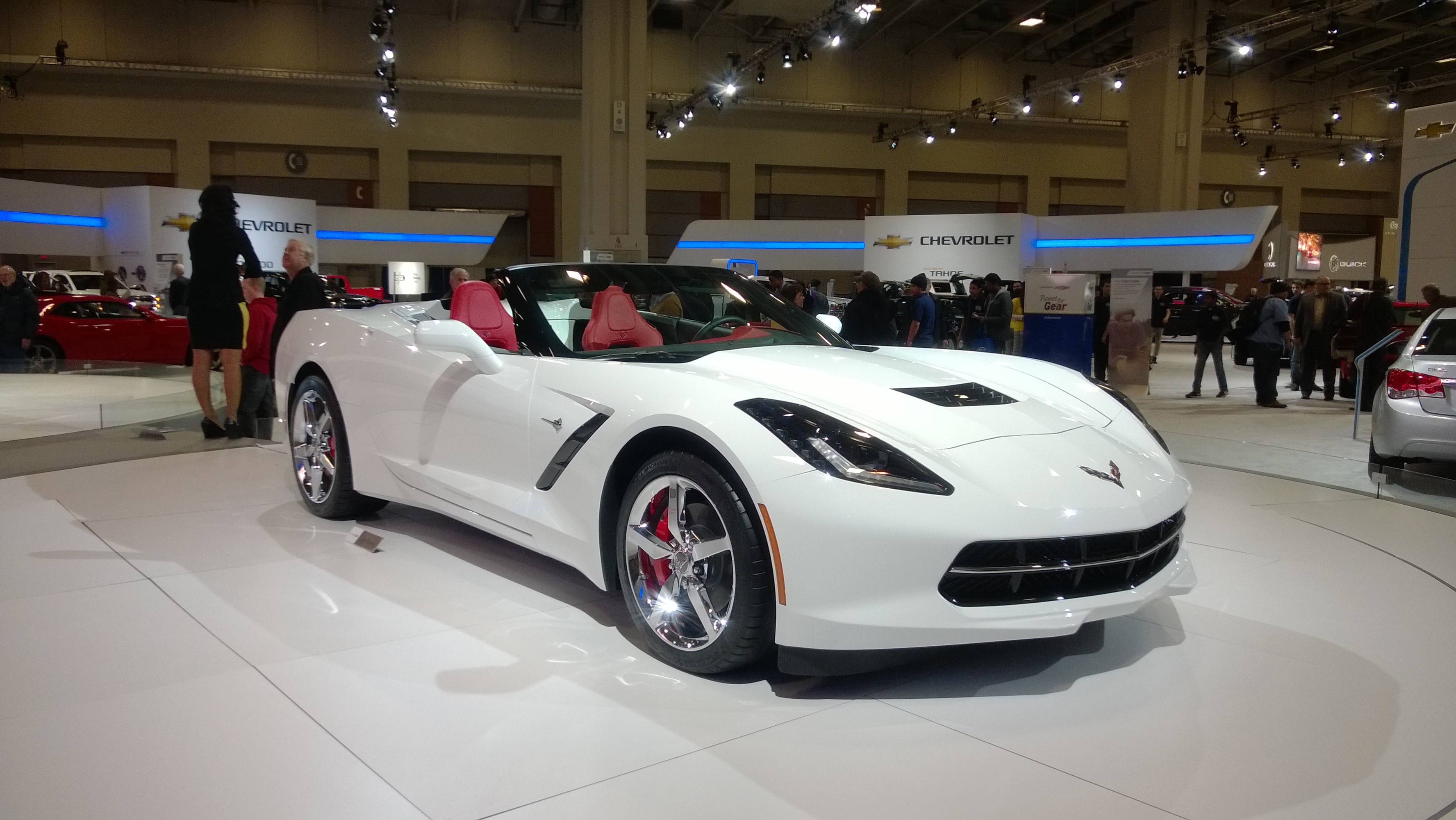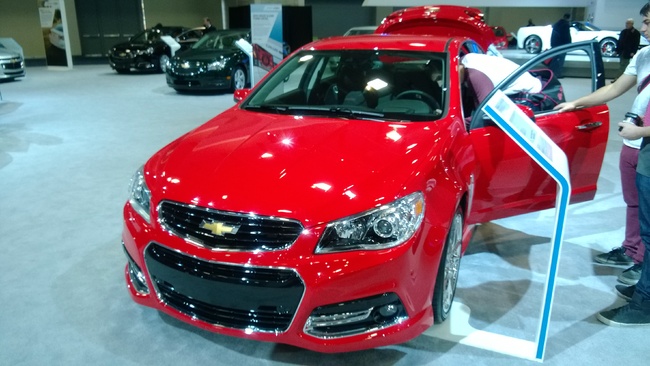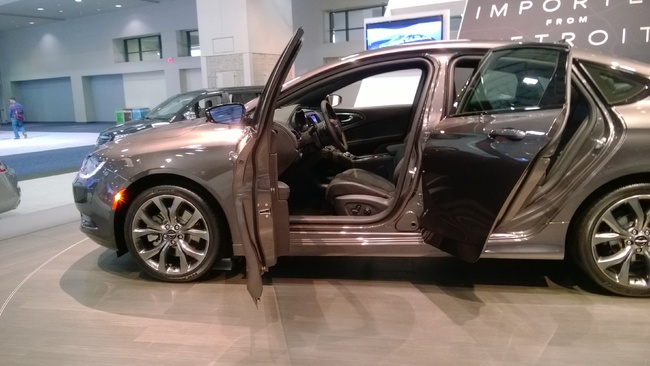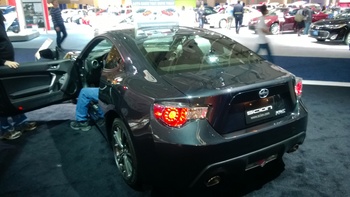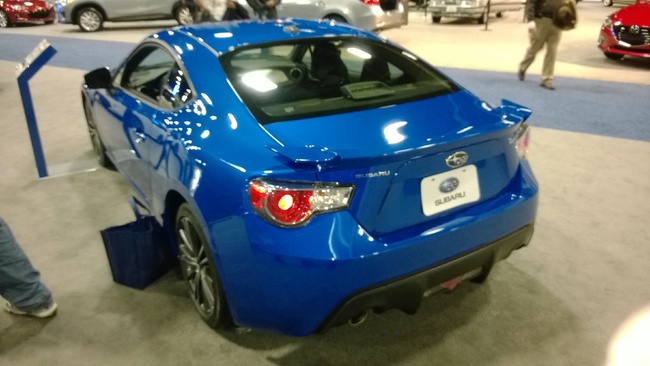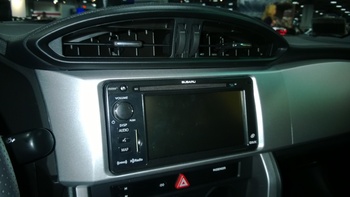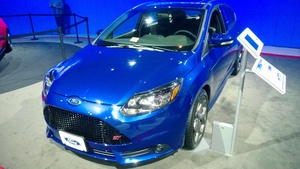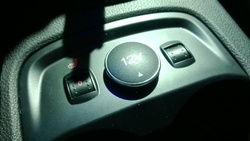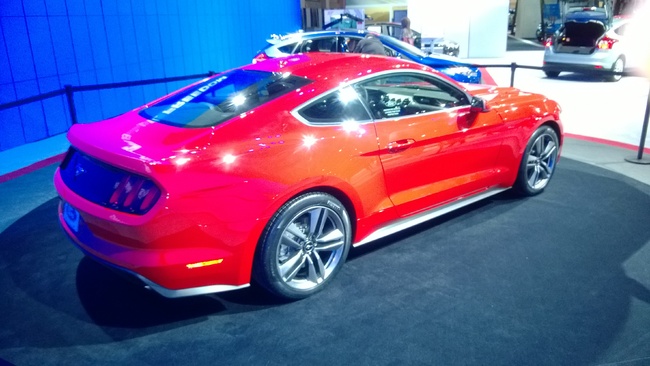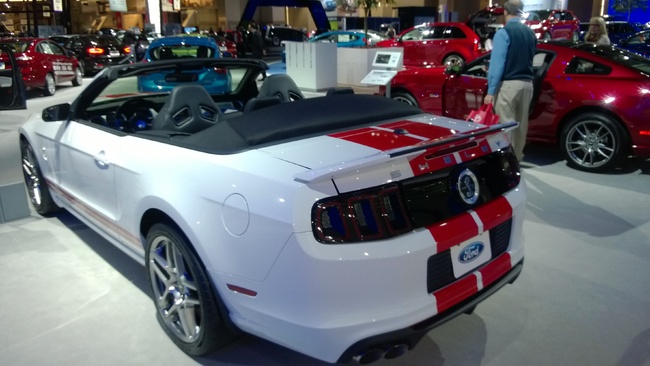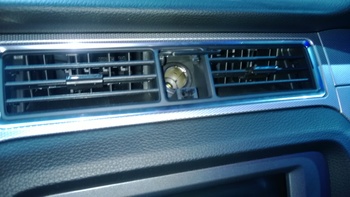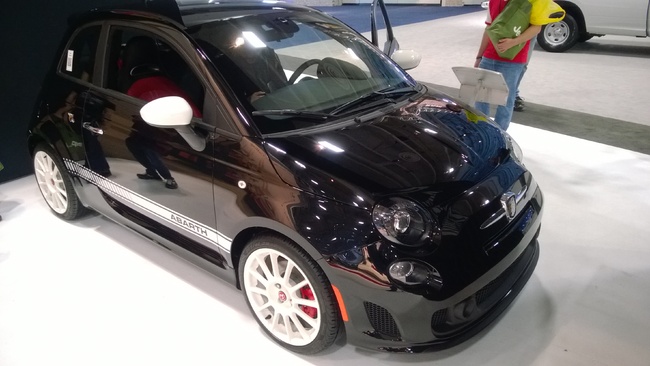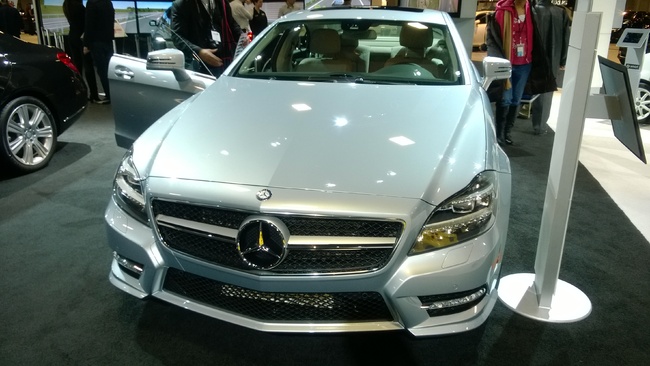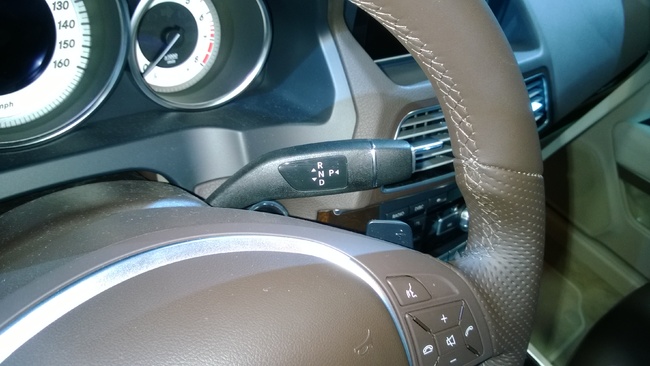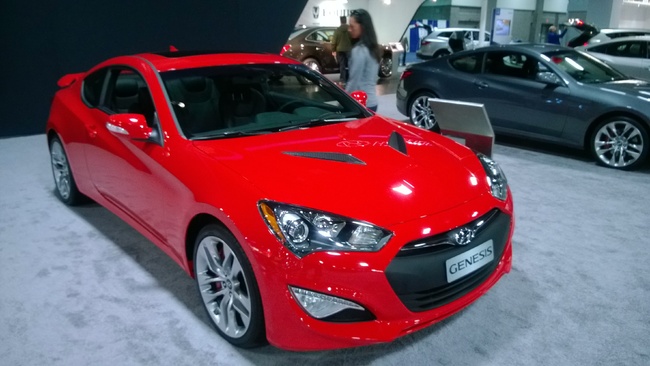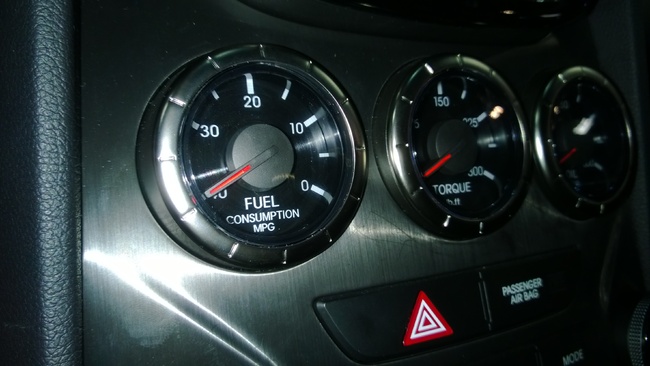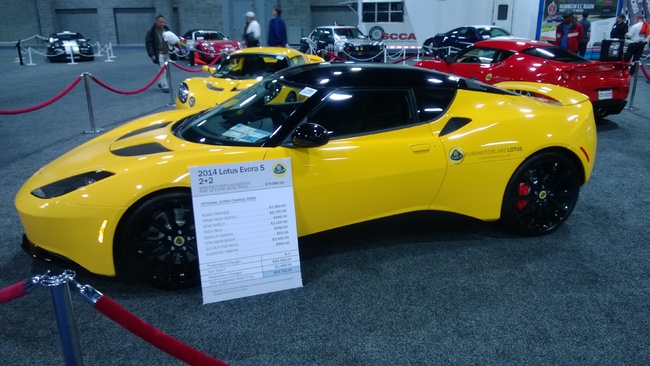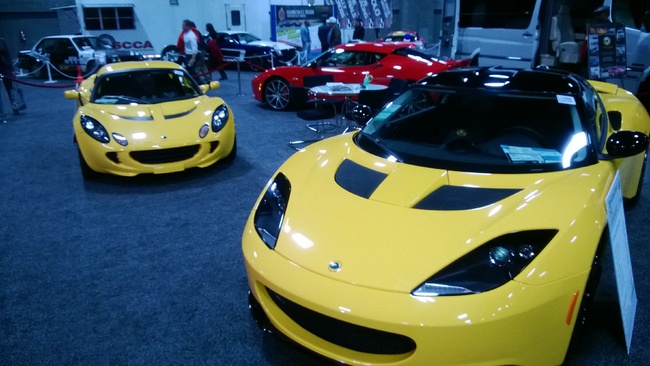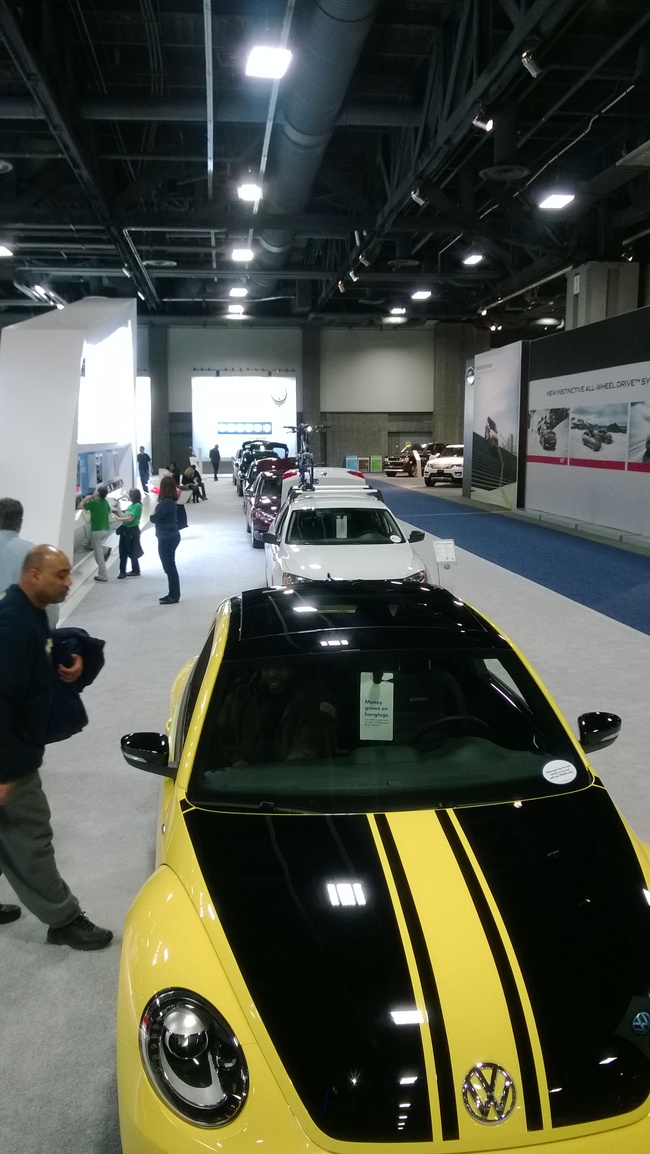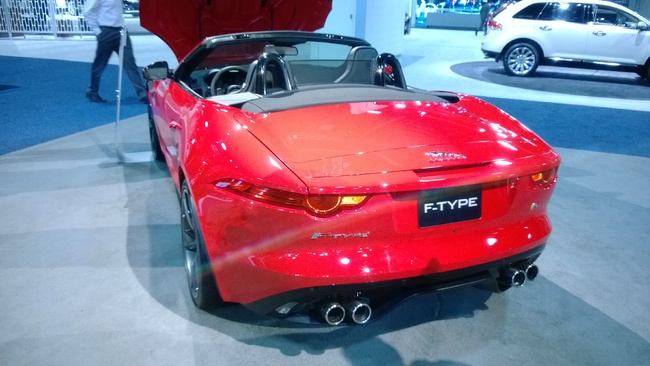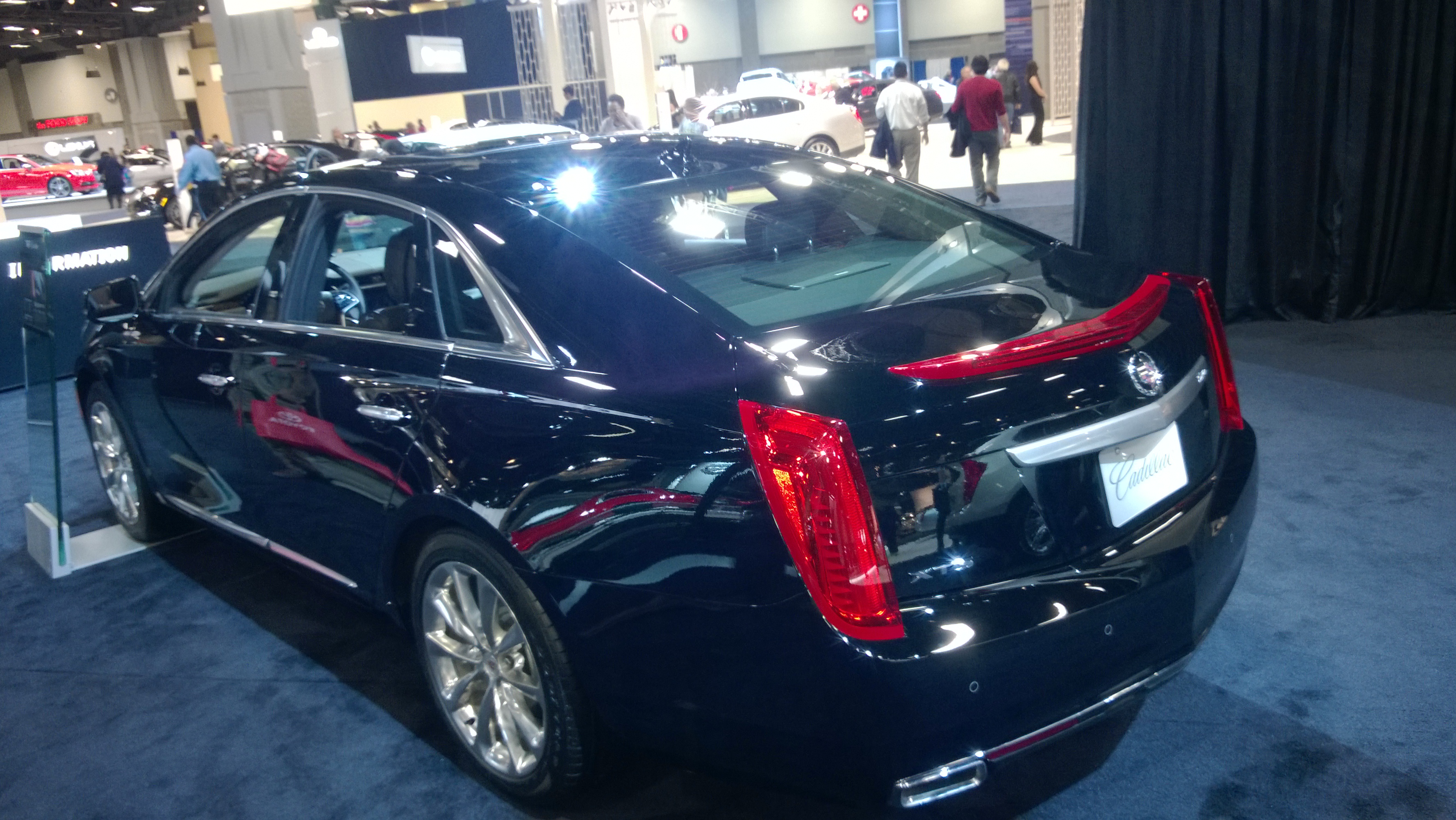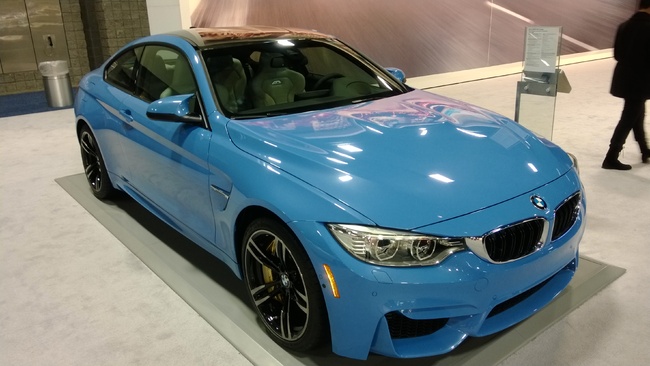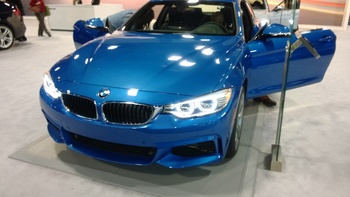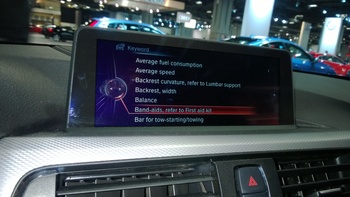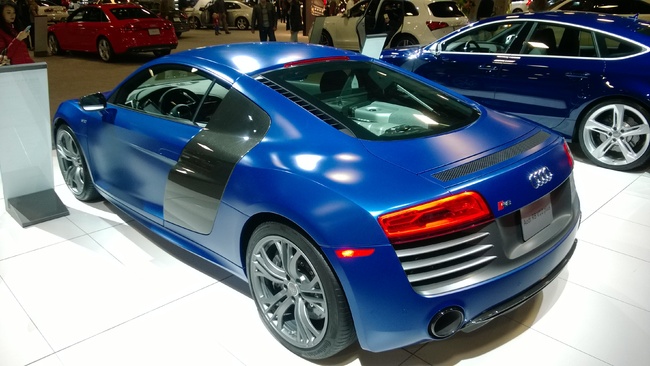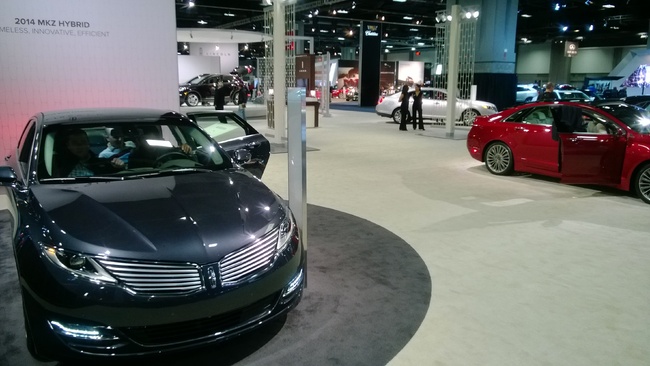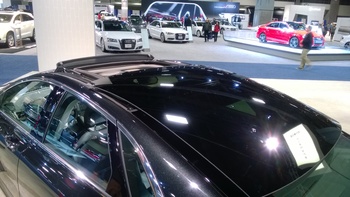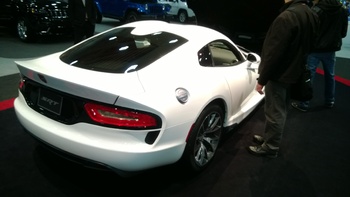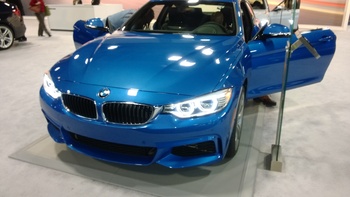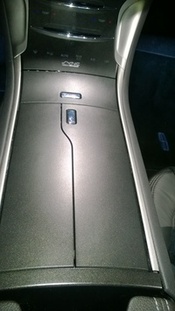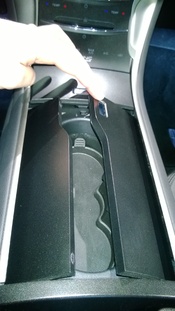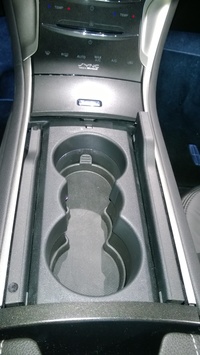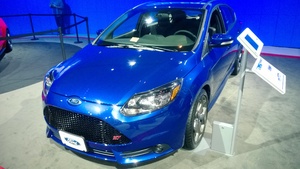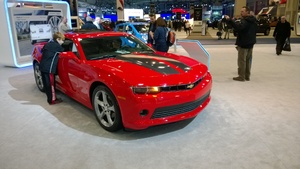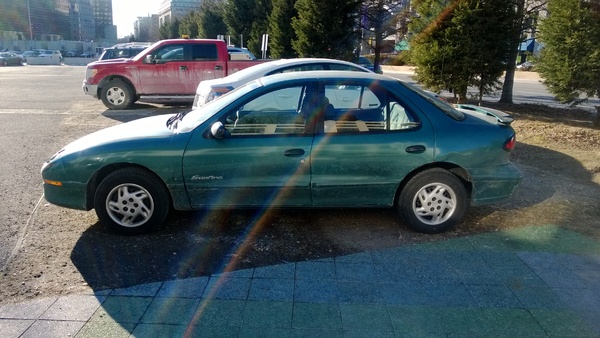#SaveEddie, Part II: The Consequence of Inertia
 Friday, August 11, 2017 at 5:00PM
Friday, August 11, 2017 at 5:00PM This is the second part in a series of articles chronicling my illogical attempts to repair and restore my long-time owned Pontiac Sunfire, affectionately dubbed "Eddie." Do not anticipate expert repair advice. Trust me, an actual mechanic would have sorted this all out years ago.
Previous entry:
Part I: The Coefficient of Friction
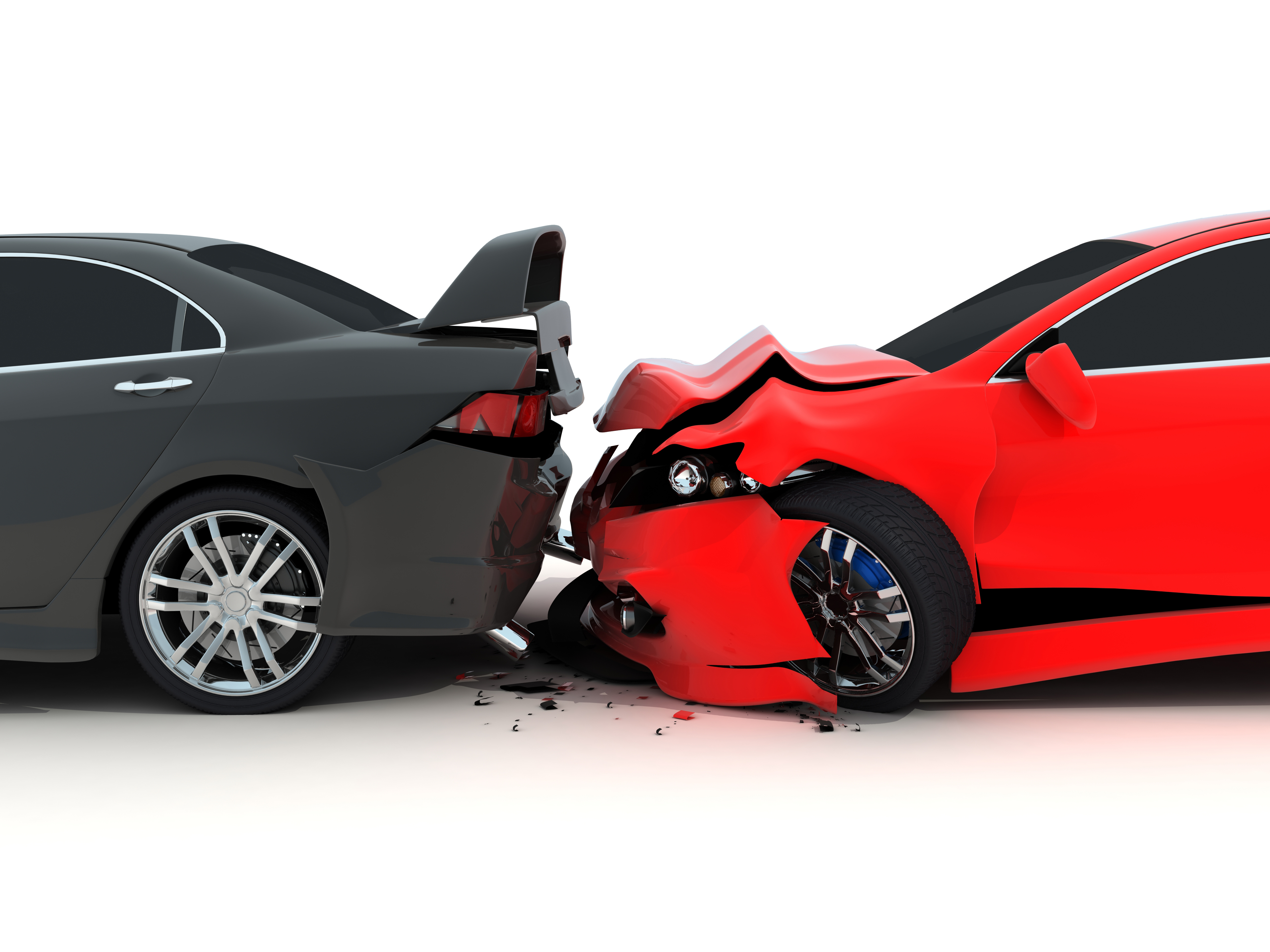 I’ve been in traffic collisions before. Never at high speed, only ever in stop-and-go traffic. That’s when you’re paying less attention, because there’s less at risk.
I’ve been in traffic collisions before. Never at high speed, only ever in stop-and-go traffic. That’s when you’re paying less attention, because there’s less at risk.
Nearly ten years ago, I failed to stop my hand-me-down ’93 Dodge Caravan. Normally, a 10mph collision would be nothing. But I drive in an area with pickup trucks, which just happens to be what I hit. And this pickup just happened to have a trailer hitch mounted perfectly level with the Caravan’s front grill.
A trailer hitch needs to be strong, so they tend to be forged from substantial steel and either bolted or welded directly to the vehicle’s frame. This makes them very immobile compared to the rest of the car or truck, which is why there is no flex in them when you whack one with your shin. It also makes it much stronger than the ABS plastic that makes up the crosshair grill of the early-nineties Chrysler AS platform minivan. And the air conditioning coil behind it. And the radiator behind that. So much stronger, in fact, that it pushes said radiator far back enough to punch a hole in the battery.
Nowadays, I might have tried to salvage my Caravan. It might have been easier then, given automotive engineering at the time of its manufacture. Instead, we, the insured, accepted the insurer’s verdict of a total loss and surrendered the minivan to the wrecker. Some time and a Craigslist search later, we found Eddie.
Flash forward to today’s age on that slick road in Arlington. Friction has failed to overcome momentum, and carnage is the result.
Time doesn’t really slow down like in the movies. Instead, it’s just over. Expletives are uttered and on go the hazard flashers as I step out to check on the other driver. In hindsight, it’s curious the other driver was on his phone before even opening his door, but Eddie is my primary concern now, as it was then. He’s up and moving around, not complaining of any injury, and I’m fine, so I get on the phone to my insurer.
While I’m describing the event and damage in triplicate to the claims agent, a county cop pulls up behind us, confirms we’re okay, and instructs us to turn onto a side street, out of the way of traffic. He takes our information, writes it up on an incident report, gives us copies, and goes on his way. I’m on the phone another twenty minutes, if feels like, before the agent asks if I need a tow truck.
Eddie isn’t leaking any fluid and there’s no apparent suspension damage or misalignment, so Eddie is drivable, even with only one headlight properly aligned. I drive him the remaining two miles to my apartment’s garage, where I take multiple pictures with my phone for an initial damage assessment.
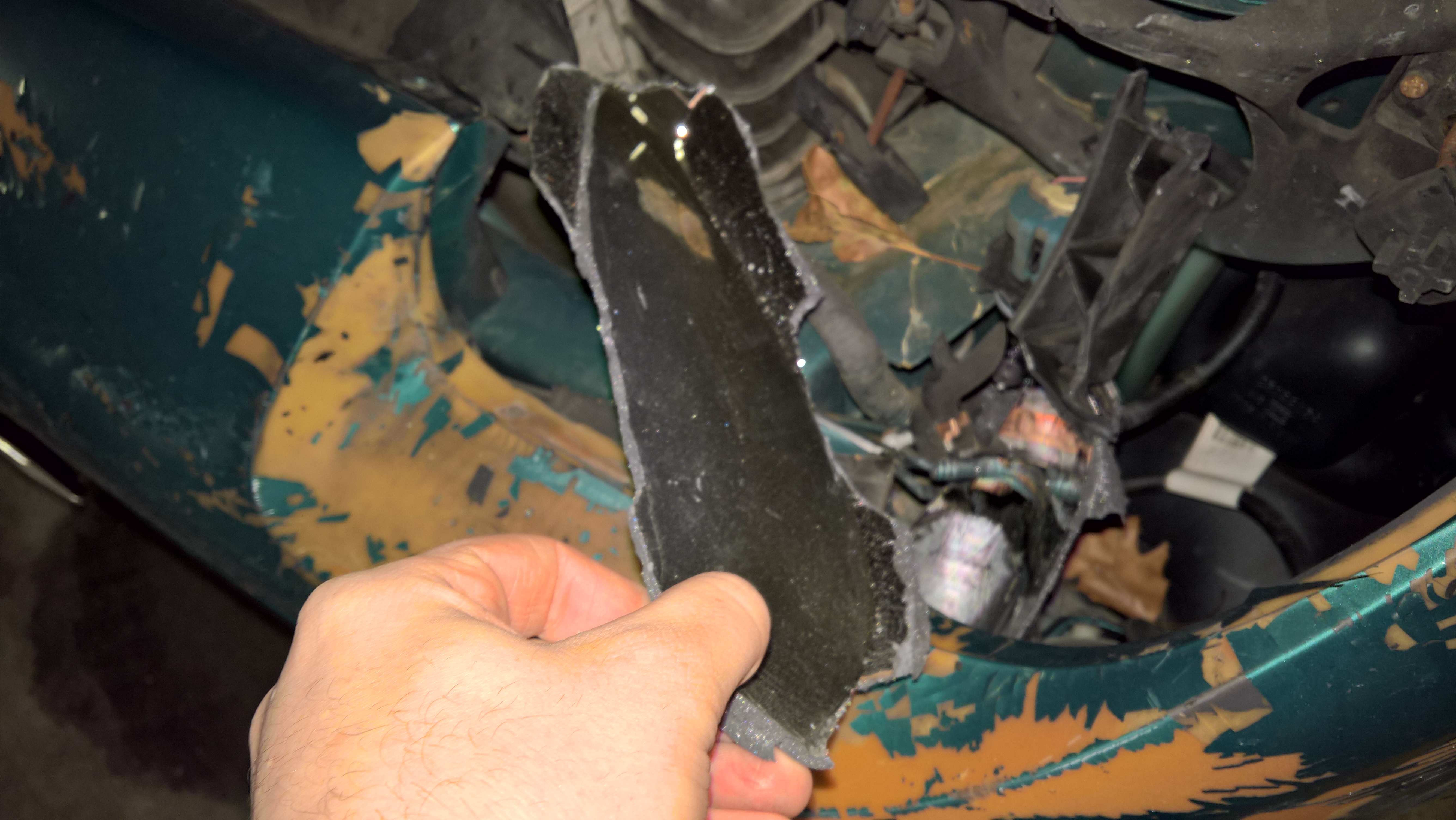 Immediately noticeable is the driver’s side headlight lens, broken free from its mounting points, is tucked up underneath the hood, which has crumpled under the stress of impact. Paint flicks off the bumper in spiderweb patterns at the whim of a slight breeze. The left fender is creased at the leading edge and bows out above the front wheel, and the black plastic inner fender is in two pieces.
Immediately noticeable is the driver’s side headlight lens, broken free from its mounting points, is tucked up underneath the hood, which has crumpled under the stress of impact. Paint flicks off the bumper in spiderweb patterns at the whim of a slight breeze. The left fender is creased at the leading edge and bows out above the front wheel, and the black plastic inner fender is in two pieces.
These are all relatively easy fixes, and good news is the windshield washer reservoir and the battery, both in close proximity to the impact, are untouched. However, some measuring shows the subframe is bent back, so new parts may not fit properly if we attempted to install them.
Two things worked as advertised, however: the bumper reinforcement, a tube of steel protecting the radiator from damage in all but high-speed crashes, and the front absorber, which is a grid of plastic designed to collapse before any structural metal takes damage.
All signs show relatively minor damage, save for the bending in the subframe. I’m not a professional mechanic by any means, so I suspect I won’t be able to fix that by myself. Doesn’t mean I won’t try.



